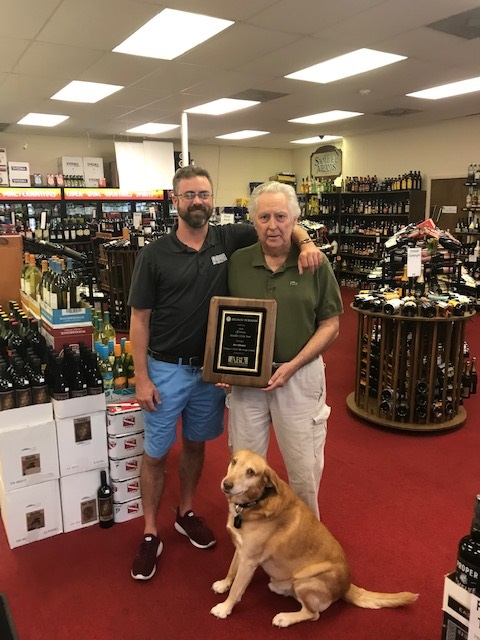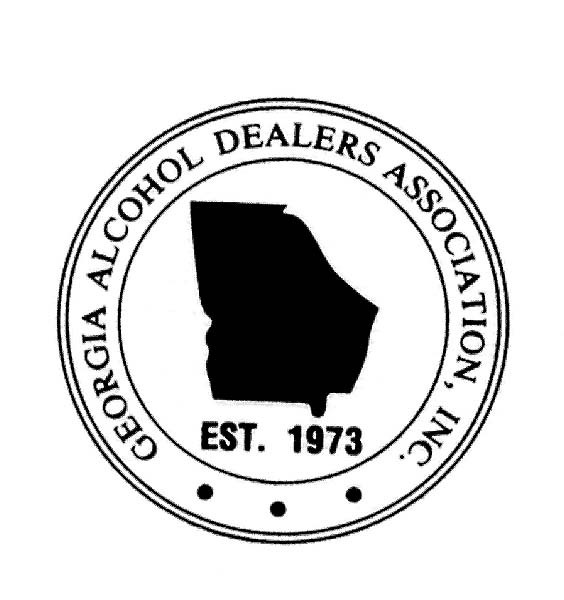
In an excerpt from ABL USA, the Brown-Forman Retailer’s of the Year were highlighted. Georgia’s own, Art Ohmer of Gilliagn’s Party Beverage Center was the 2019 winner.
Seventeen Independent Beverage Licensees Recognized As “Brown-Forman Retailers of the Year”
Posted on April 5, 2019 by abladmin
APRIL 5, 2019 – BETHESDA, MD – Seventeen independent beverage licensees from states across the country have been recognized as Brown-Forman Retailers of the Year. Nominated by their state licensed beverage associations for commitment to their state associations, dedication to the beverage alcohol industry and their success in business, these licensees were honored in a ceremony at the ABL Annual Meeting on March 25, 2019.
For more than two decades, the Brown-Forman Retailer of the Year awards have celebrated retail beverage licensees who engage in the responsible sale and service of beverage alcohol, are committed to their state beverage associations, and demonstrated excellence in innovative retailing. ABL congratulates all of the honored businesses and licensees for their outstanding and continued contributions to their state associations, the industry and their communities.
“America’s independent beer, wine and spirits retailers support a dynamic and exciting industry, while striving to both encourage and promote the responsible enjoyment of beverage alcohol by adult consumers,” said ABL Executive Director John Bodnovich. “These retailers have gone above-and-beyond the call of duty in their businesses, their state beverage associations, and their communities with their commitment to outstanding beverage alcohol sales and service.”
The 2019 Brown-Forman Retailer of the Year awards were presented by Michael Rasp – Brown-Forman’s Nevada State Manager. Rasp, who also presented the awards at the ABL Honors Gala in 2017, thanked the independent beverage licensees for their contributions to the alcohol beverage industry – highlighting the important role that independent retailers play in the continued success of the industry.
